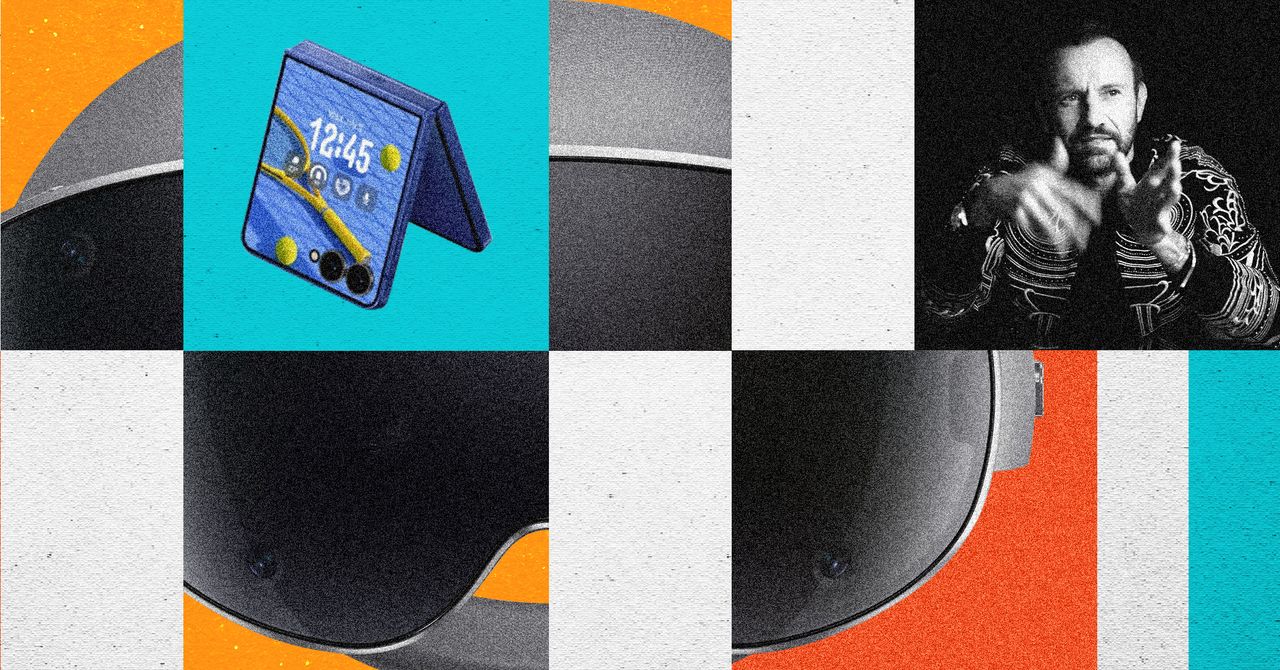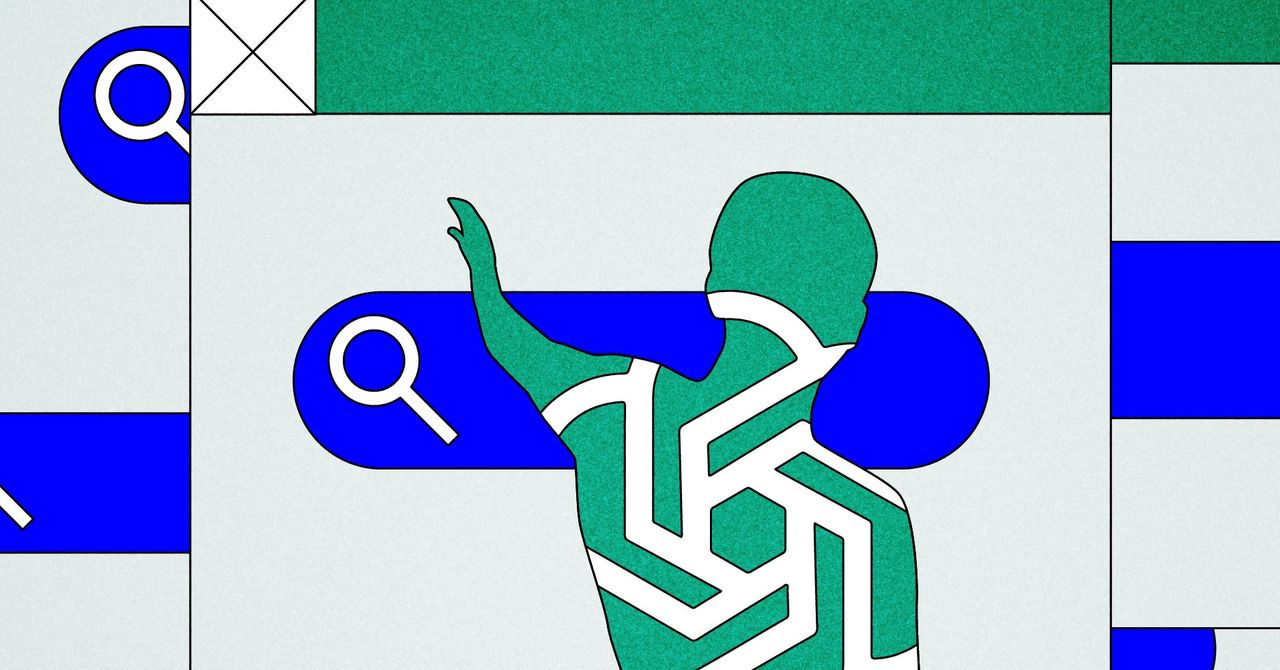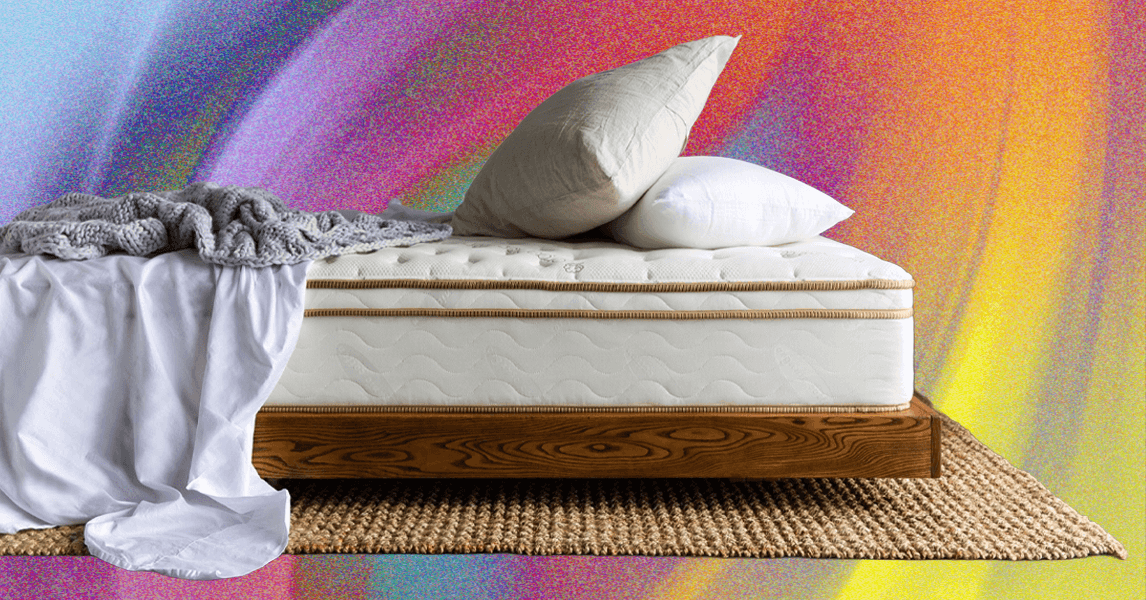Samsung has one of the biggest product line ups of any tech brand, yet when it comes to design, it’s consistently seen as an “also-ran.” While other companies have forged distinctive and instantly recognizable design languages, such as Nothing, Samsung has found itself behind in the style stakes. When you’ve got Apple as one of your biggest competitors, that’s not a great position to be in.
That’s not to say there haven’t been improvements in the last decade, and the occasional flashes of promise—most notable in its collaborations with external designers, like the Bouroullec brothers, who fashioned the Serif TV for the South Korean company. But that hasn’t stopped complaints of boring and unoriginal design, both internally and externally, and an inertia when it has led, leaving other companies to close the gap.
Being defined by performance over personality has hardly done Samsung’s bottom line any harm—it recently regained its lead from Apple in global smartphone market share and has been the global leader in TVs for almost two decades. But, in 2025, it looks there’s finally a clear desire from Samsung to bridge the gap between form and function, by giving design the focus it’s been lacking for far too long at the company.
Back in April, Samsung hired Mauro Porcini, its first ever chief design officer. Porcini has spent more than 20 years building award-winning design teams at 3M and PepsiCo, most recently leading a successful global rebrand for Pepsi—the company’s first in 14 years.
For a company as big as Samsung, this hire feels late. Apple created the same position for Jony Ive a decade ago, around the same time it was reported that innovation at Samsung was being stifled beneath layers of management. With those structural issues supposedly unpicked, Samsung now has work to do—something Porcini is keen to acknowledge.
Late to the Party
“We are in a moment of change, where the way people interact with any kind of machine or electronic device is going to be radically different in the coming years,” Porcini tells me. “These machines will change the way people live, work, and connect with each other—the way people fulfil their needs. For a company like Samsung, having design at the top, involved in the way you define the future of the portfolio based on those needs—it’s more important than ever.”
The march of AI is, of course, a helpful hook upon which to tie this long overdue move, but Yves Béhar, the founder and principal designer at Fuseproject who worked with Samsung on The Frame TV, tells me this has been years in the making, and something Samsung had initially looked externally to help put the wheels in motion.
“When we started working with Samsung on The Frame [released in January 2017], the CEO at the time, HS Kim, came to us and said—look, we want to transform ourselves from a consumer technology company, into an experience business,” says Béhar. “So we helped them set some principles around that, and worked on getting that message out into the business—of what it means to think about experience versus tech. This is exactly what we did with The Frame TV.”



